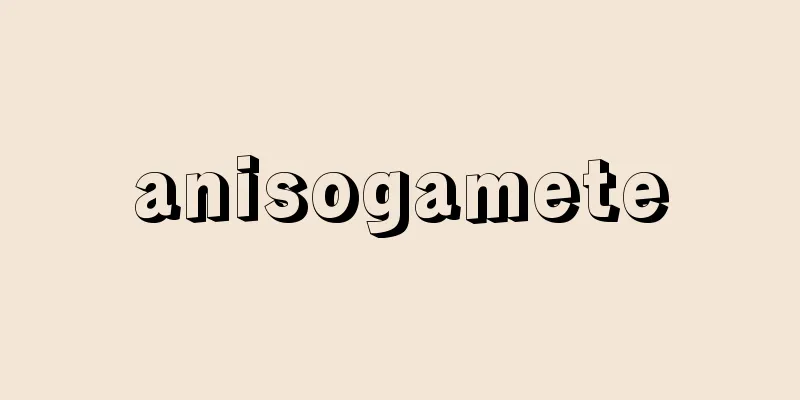Oguruma - Wheelbarrow

|
A perennial plant of the Asteraceae family (APG classification: Asteraceae). The stem is erect and 20-60 cm tall. The numerous stem leaves are alternate and stalkless. The basal leaves are small and die during flowering, along with the leaves at the bottom of the stem. From July to October, several flowers bloom at the end of the stem. The flowers are yellow heads of ray florets and tubular flowers. The diameter of the flower is 3-4 cm. The name comes from the fact that the flower resembles a small car. It grows in marshes, on the edges of rice fields, and on riverbanks, and is distributed from Hokkaido to Kyushu, and further to Korea and China. A variety with linear or linear lanceolate leaves is called narrow-leaved argillaceae. A horticultural variety with double-flowered petals of tubular flowers is called yaeogurma. [Hiroji Koyama February 18, 2022] Source: Shogakukan Encyclopedia Nipponica About Encyclopedia Nipponica Information | Legend |
|
キク科(APG分類:キク科)の多年草。茎は直立し、高さ20~60センチメートル。茎葉は多数あり、柄がなく互生する。根出葉は小形で、茎下部の葉とともに花期には枯れている。7~10月、茎の先に数個の花をつけて開く。花は舌状花と筒状花からなる頭花で、黄色。開花直径は3~4センチメートル。名は、この花を小さな車に見立てたもの。湿地や田の縁(へり)、川岸に生え、北海道から九州、さらに朝鮮、中国に分布する。線形または線状披針(ひしん)形の葉をもつ変種をホソバオグルマという。また、園芸品種としては筒状花が弁化している八重咲きのものをヤエオグルマとよんでいる。 [小山博滋 2022年2月18日] 出典 小学館 日本大百科全書(ニッポニカ)日本大百科全書(ニッポニカ)について 情報 | 凡例 |
Recommend
Galvanic corrosion
...It is not uncommon for a large system to stop ...
Guilin
A prefecture-level city in the northeastern part ...
Ensemble area - Ensemble
...In addition to kimono length, rolls of cloth i...
Innate Releasing Mechanism
Sometimes abbreviated as IRM. It is considered the...
Kirino Star - Kirino Star
...The public called this the Saigo Star, and mad...
free on board
...A term indicating the terms of the transaction...
Mobile high pressure system
...When a cold front stretching southwest from a ...
Sima Xiangru - Shiba Shojo
A Chinese literati from the Western Han Dynasty. ...
Balanoposthitis - Inflammation of the balanoposthitis
[What kind of disease is it?] This is a disease in...
New Plate Shop Moon Rain Halo - New Plate Shop Moon Rain Halo
Kabuki script. Sewamono (domestic drama). Three ac...
Cir
…Its abbreviation is Cir. It is a small constella...
Uchie - Naiko
A city in the southeastern part of Sichuan Provinc...
Tin bronze (English spelling)
…A copper alloy with tin as its main alloying ele...
Antagonist
One of the roles in Kabuki, broadly referring to ...
Emanium - Emanium
…In 1899, André Debierne of France discovered a n...









